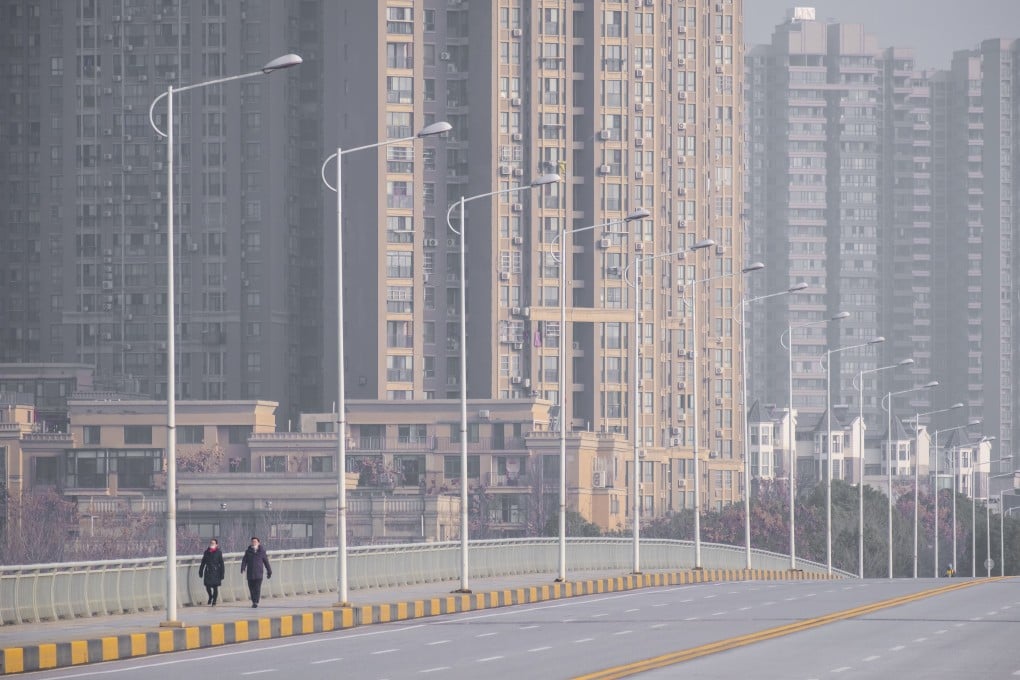Advertisement
Will China’s city lockdowns stop the spread of the coronavirus?
- A fortnight has passed since tough travel restrictions went into effect in Wuhan and surrounding cities
- The impact of the measures should become apparent in the coming weeks, some experts say
Reading Time:3 minutes
Why you can trust SCMP

It is too early to tell if dramatic lockdowns of several central Chinese cities at the centre of a coronavirus outbreak are slowing the spread of the deadly illness, according to public health specialists.
Some virologists have said that based on preliminary studies, the coronavirus appears to have an incubation period of two weeks, suggesting that infection rates should start to slow from Wednesday, a fortnight after major travel restrictions in those city went into effect.
But other experts say the data so far offers only a mixed picture.
Advertisement
To curb the spread of the virus, authorities closed off Wuhan, the provincial capital of Hubei, by stopping outbound planes, trains and buses on January 23. All public transport and private vehicles were also banned in the city, which is home to more than 11 million people.
But about 5 million residents left Wuhan before the city went into lockdown, mayor Zhou Xianwang revealed on January 26.
Chinese officials expanded transport restrictions to at least 15 surrounding cities with a combined population of over 50 million people.
Advertisement
Select Voice
Choose your listening speed
Get through articles 2x faster
1.25x
250 WPM
Slow
Average
Fast
1.25x